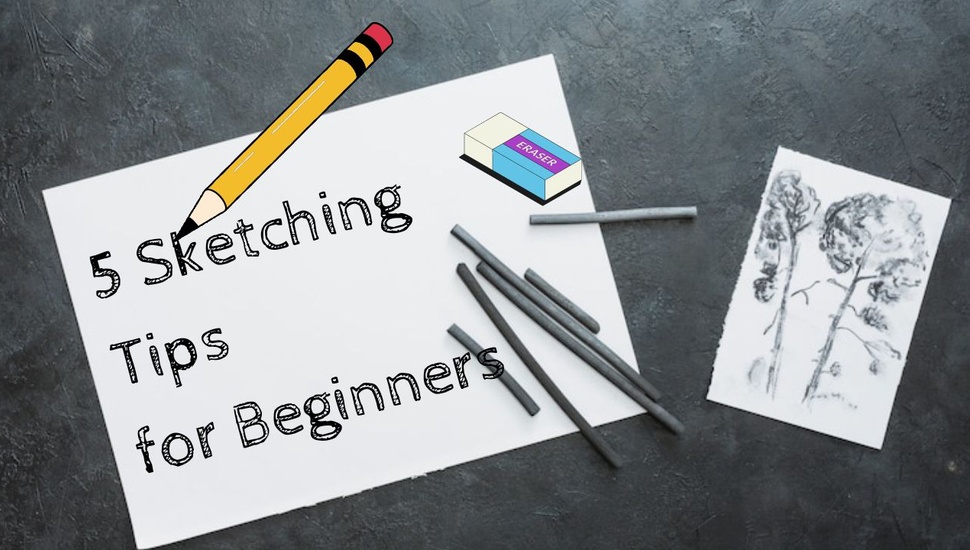
By darakshan
Tips and Tricks GuideIf you want to improve something, practice - this is the life mantra for everything. No matter what you want to master, keep practicing, and you'll do better. The same mantra applies to sketching. Also, some sketching tips will help you practice different sketching patterns and push you to learn new skills and techniques.
We have covered a few sketching tips for beginners and intermediates, along with a bit of the history of sketching to help you understand and get started.
The term sketch derives from the Greek word Schedios - which means rapid freehand drawings of a draft version of the final work you intend to do. Sometimes, sketching is not considered a finished work but a prepping step for the artist to understand how the final art piece will look. Every painter sketches before moving on to the final painting.

The early sketches or drawings from 30,000 BC to 10,000 BC. were mainly found on the cave walls in several locations such as Spain and France. The early sketches and drawings were carved and designed with primitive tools. Today, sketches are used in several fields, such as architecture, graphic design, product development, etc. Also, forensic sectors use sketches to investigate crime scenes.
You don't need to be a graphic designer or architect to develop or use your sketching skills or learn drawings. You can do it anytime or take online courses to learn sketches. However, if you are a beginner, there are specific sketching tips for beginners that you need to know.
Below are 8 sketching tips for beginners that can help you amp up your sketching skills -
Initially, you might only need a pen, paper, and creativity. However, as you advance, you will require more sketching tools, especially a pencil. The first thing to notice is the degree of hardness of the paper. If the paper is made for drawing, you'll find the degree of hardness written.
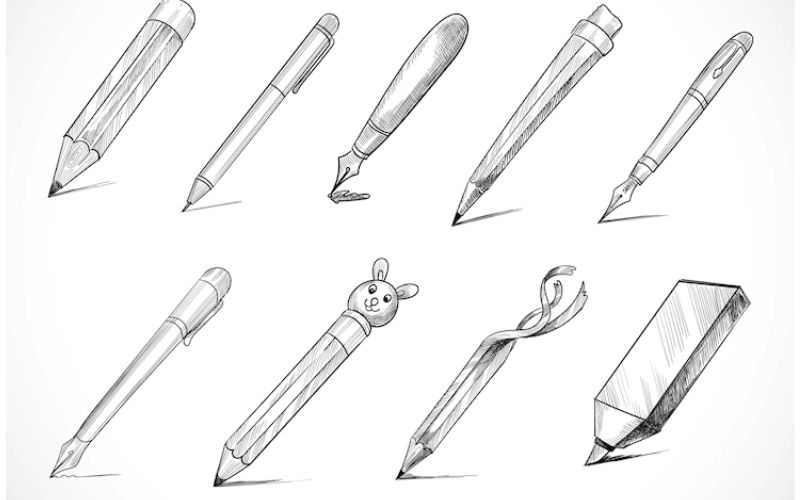
Next, you need a pencil. Once you buy a pencil, you will find pencils with several markings like H, HB, etc. These markings indicate the hardness of the graphite. The best pencil to start with is the H scale, then gradually moving toward a darker B scale. You can also use mechanical pencils, which come with a pre-inserted HB. Though it is used for precision, it will give only a middle range to work with.
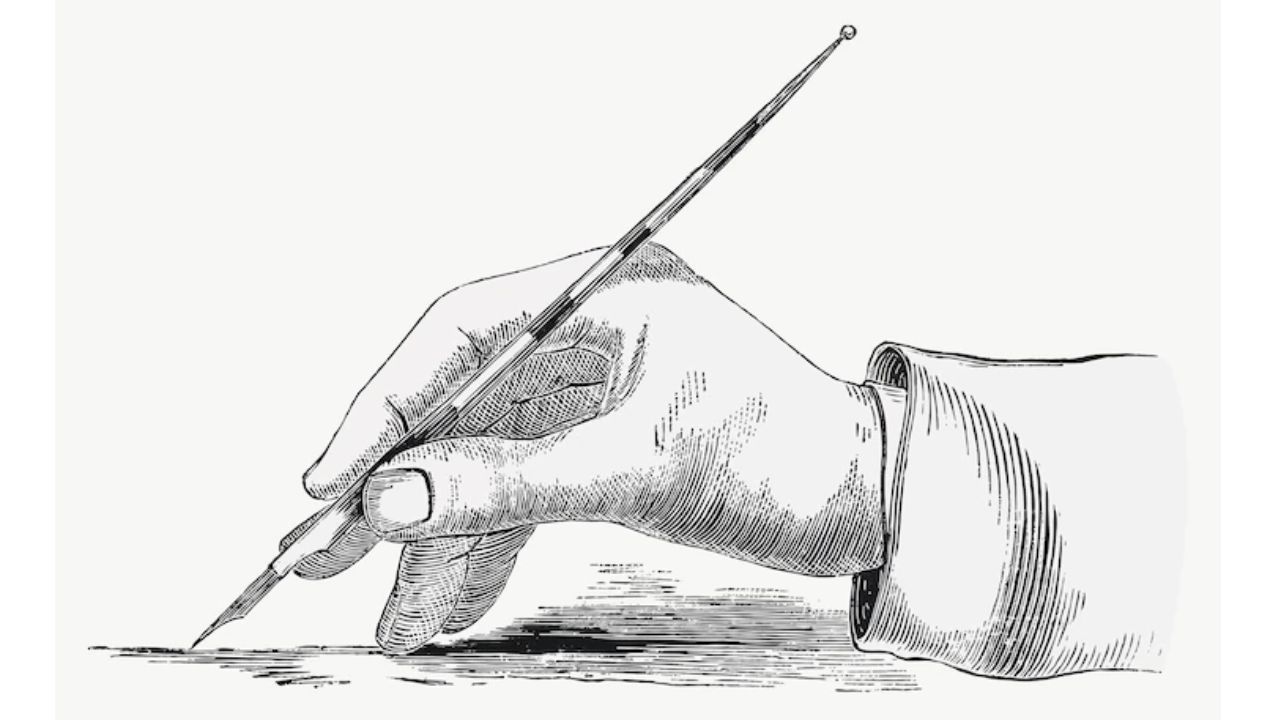
The movement of a pencil in sketching is crucial. The outcome will depend on the way you hold your pencil. Holding the end of your pencil gives you more control, and the strokes are darker. Also, it will give you precision. On the other hand, holding your pencil away from the tip will give less control, precision, and lighter strokes.
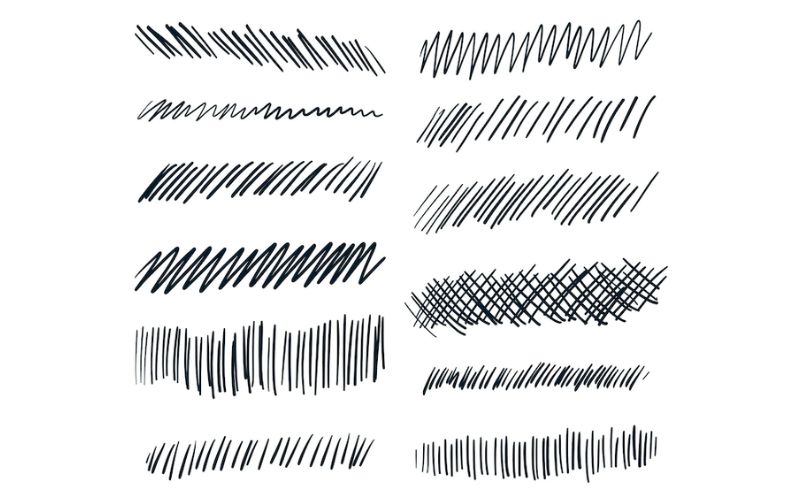
There are many sketching tips and tricks that you can use. Playing with the designs and sketches is fun as it will enhance your style, and you might create your signature sketch pattern. You can start with lighter pencil strokes, adding smooth value to your sketch. Also, it complements your sketch very well.
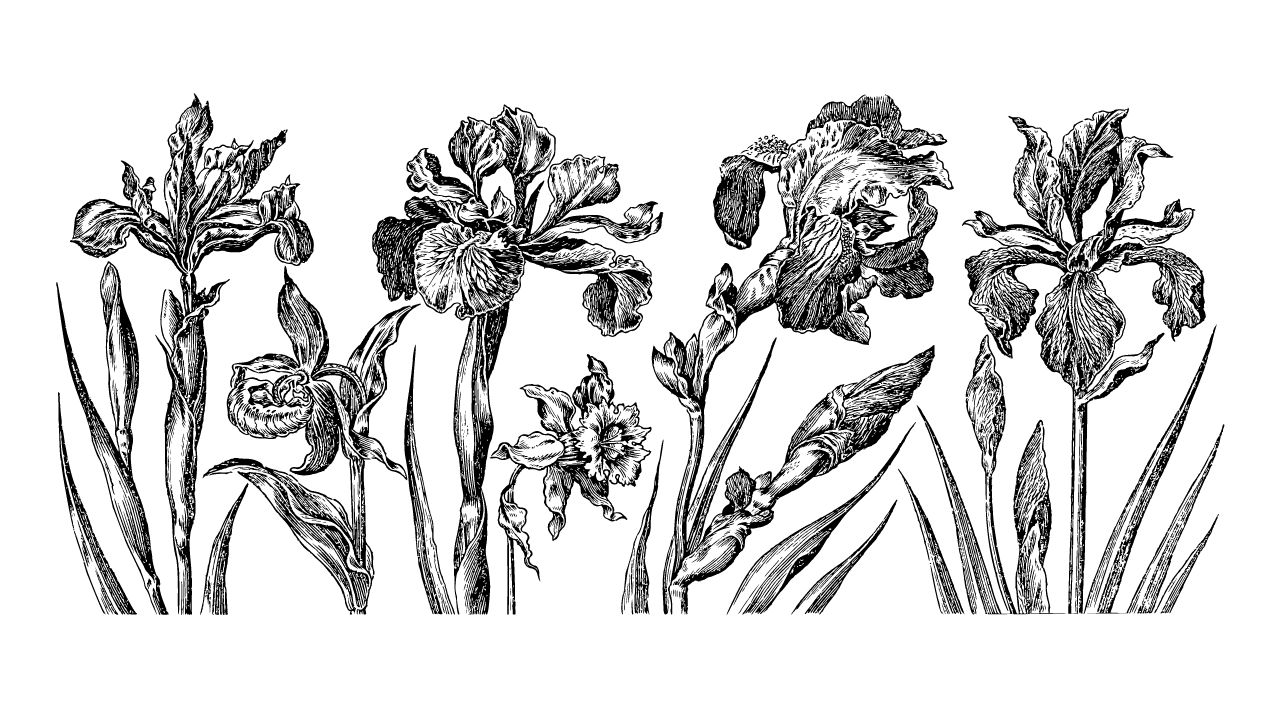
Making shifts in the lines creates a visually appealing effect. All equal lines create a monotonous look. Holding a pencil while creating lines of irregular pattern can be difficult initially. However, you will get better as you practice. Try using different pencils ranging from 3H to 6B and holding them at different angles.
Von Rueden uses four sketching techniques to define object edges - thin, hard, lost, and undefined. A thin and hard edge gives an object solid borders, whereas a lost and vague edge gives an object more like a blended border. You can either use them individually or experiment using them all at once.
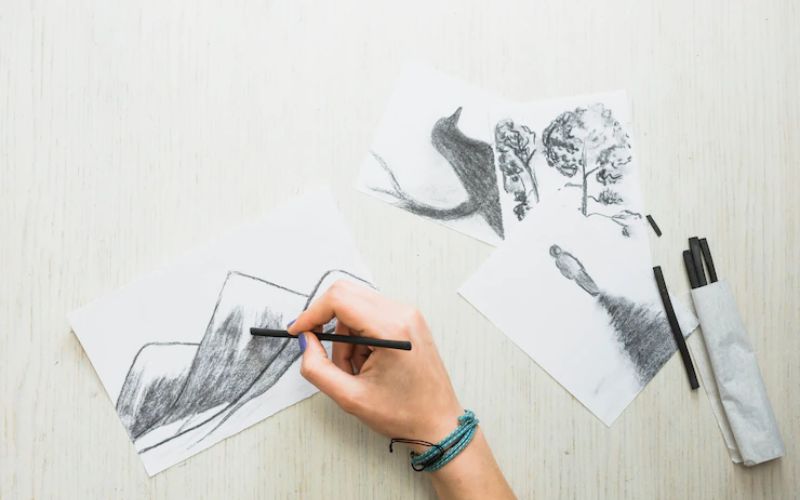
There are times when you want blended effects for your sketches. However, pencil lines don't blend perfectly. So, you need a charcoal pencil that can easily be blended by blending sticks. It will create smooth and even smudges all across the drawing.
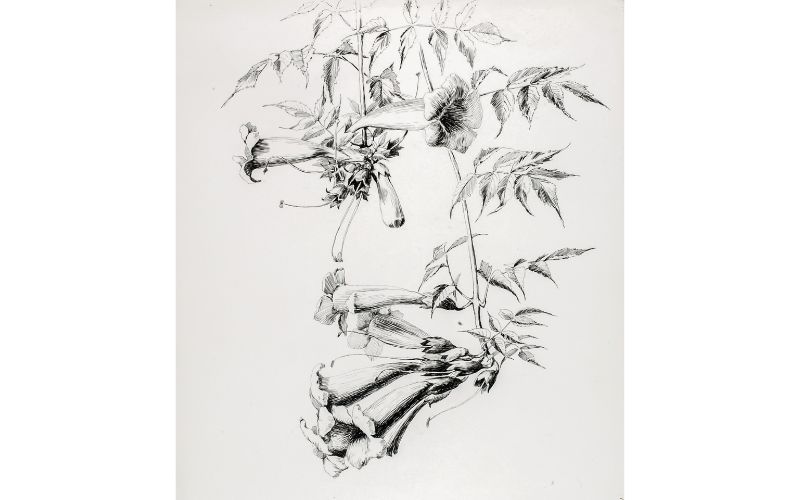
The 70-30 rule helps you to create an even composition. This means 30 percent of your sketch is filled with details and the rest 70 percent is the filler. This lets you draw the viewer's attention to the detailing rather than the whole picture.
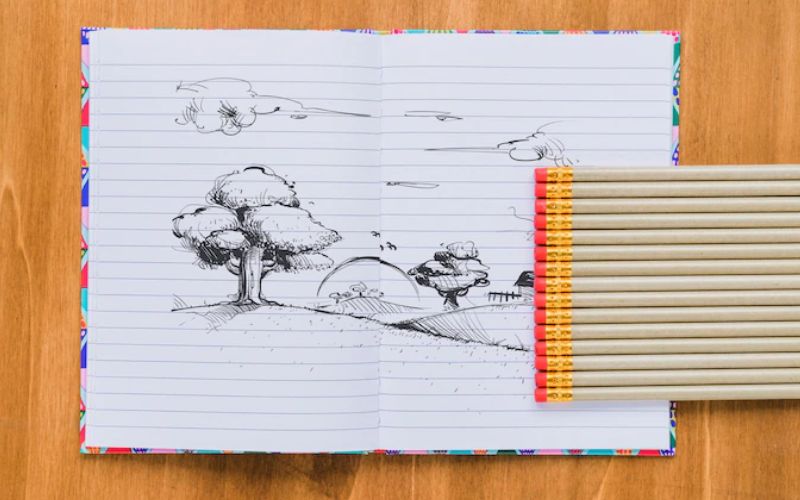
While blending or shading, you put an extra piece of paper underneath your hand to avoid smudging. If you are left-handed, start from the right and then move on to the left side and vice versa. Smudges are great for blending effects, but an irregular smudge by your hand looks bad.
Sketching is something we all do in our free time. However, very few people are passionate. Some give up because they lack basic ideas to get started. With sketching tips for beginners, you can start like a pro and take your sketching skill to the next level.